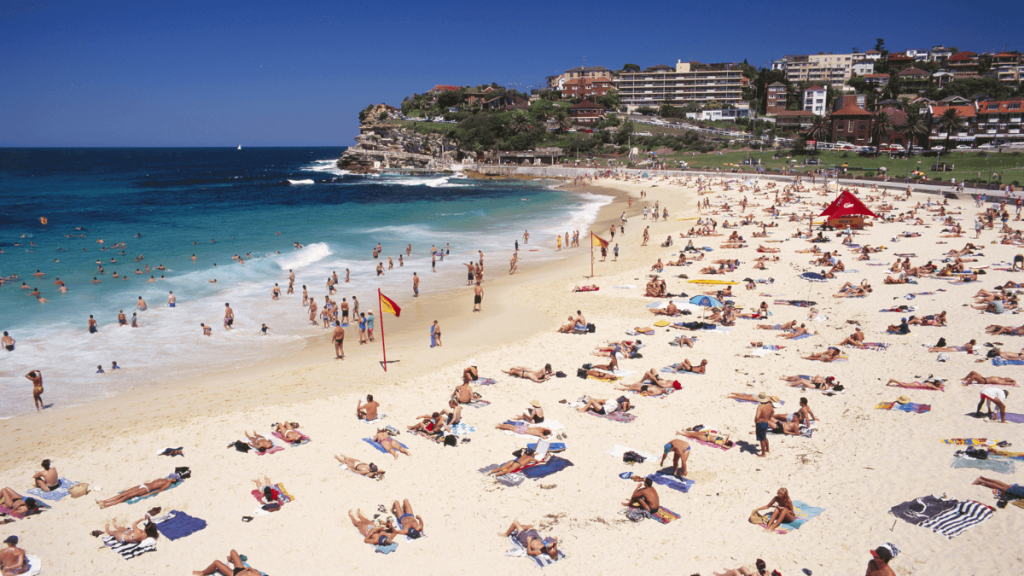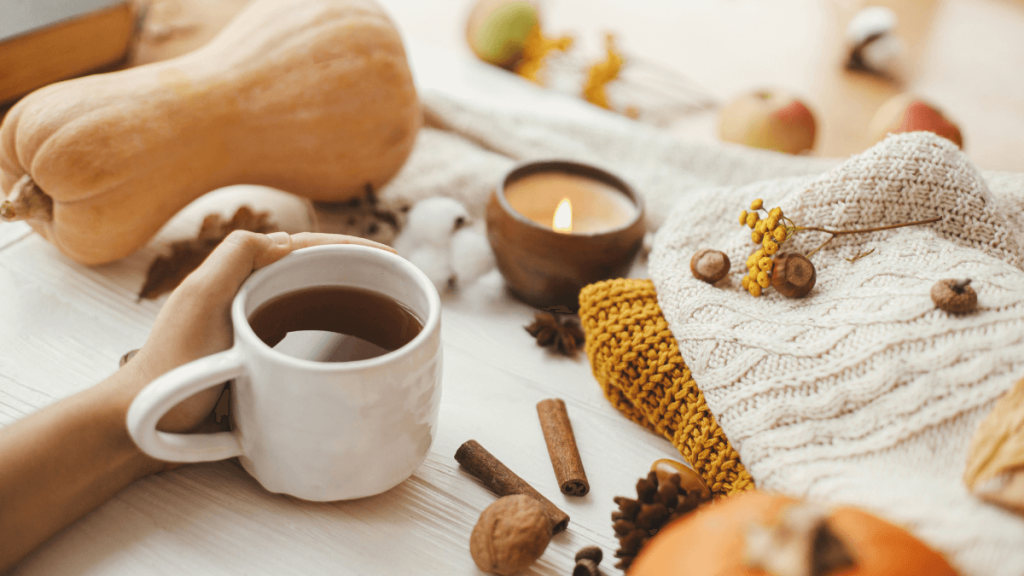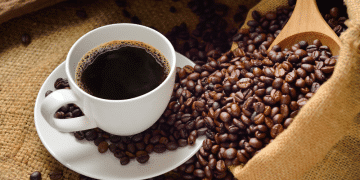Finding Balance: Australia’s Slow Living Wellness Trend

More and more Australians are taking a big breath and opting for a different, less chaotic, and much more significant life path in a world that appears to prioritize chaos over harmony and speed over substance. Slow life is the label given to this change. A growing number of Australians are adopting a slow lifestyle as a way of life because it satisfies a universal need for harmony, awareness, and genuine expression.
What is Slow Living?
The slow life is a way of life that values being fully present, going deeply rather than superficially, and prioritising quality over quantity. The slow lifestyle has spread to influence almost every part of everyday life, from where we work and eat to what we do for fun and how we connect with our communities. It all started with the slow food movement in Italy in the 1980s, which was a reaction to the popularity of fast food.
You don’t have to move at a snail’s pace if you want to live slowly. Rather, the focus should be on purpose. Living a purposeful life means making decisions every day that are in line with your values and making room for quiet contemplation and genuine human connection. As a welcome contrast to the hectic pace of contemporary life, slow living in Australia provides a tranquil retreat.
Why Are Australians Embracing the Slow Lifestyle?

True relaxation and well-being require more than simply weekend beach visits, as many Australians are realizing as urbanisation deepens and digital overload becomes the norm. Australia has long been associated with a laid-back lifestyle. The lockdowns and border restrictions caused by the pandemic helped bring people back to the pleasures of a simpler, slower life.
People relearned the joys of home cooking, gardening, crafting, and leisurely family time during those months of solitude. They had a renewed sense of well-being after stepping away from the constant stream of social media and reestablishing connections with their neighbors and the natural world. The abrupt, overpowering, and unnatural nature of returning to normalcy turned off many. Slow living became more than just a desire—it became an absolute necessity.
The Shift in Work Culture

The work culture in Australia is one of the most prominent examples of slow living. The growth of freelance and gig work, along with remote work and flexible hours, has given more Australians the freedom to choose work schedules that prioritize their health and work-life balance.
Many are leaving the 9 to 5 office grind for professions that provide more flexibility, such as telecommuting, living closer to family, or spending more time in nature. The “tree change” movement, in which city inhabitants relocate to rural areas in pursuit of a simpler lifestyle and higher quality of life, has gained momentum due to the growing affordability of housing in urban areas and the practicality of working remotely.
This change is more than simply a geographical one; it’s also a mental one. Success is often associated with stress, but this long-held idea is being questioned by more and more Australians. Instead, they’re shifting the focus to how health, pleasure, and harmony are measured as success.
Slow Living in Australian Homes
Slow Living revolves around the Home. People all throughout Australia are making an effort to design their homes in a way that makes them feel more at ease, connected, and peaceful. This can involve making natural materials more prominent, adopting a minimalist aesthetic, or setting aside specific areas for practices like yoga, writing, or reading that promote mindfulness.
More and more people are getting into gardening, whether it’s in their backyards, on balconies, or in interior plant collections. Growing your food, getting your hands filthy, and enjoying the process of collecting it all bring a peaceful joy. Getting back to nature in this concrete way is a great approach to escape the fast-paced, materialistic lifestyle that characterizes contemporary society.
An integral part of slow living is preparing meals at home. Home cooking is trending again in Australia, and people are trying new things like making their own kombucha, preserving fruits, and baking with sourdough. The point is not to show off or achieve perfection, but to nourish yourself and those you care about with purpose.
Community and Connection
In Australia, “slow living” encompasses more than only domestic activities. Developing closer ties to the locations and people in your immediate vicinity is also important. People are increasingly seeking methods to support local companies and lessen their environmental impact, which is leading to a surge in support for local markets, community gardens, and neighborhood co-ops.
Attending workshops or events that prioritize skill-sharing and sustainability, buying handmade goods from local craftsmen, and ditching quick fashion are all ways more common among Australians than shopping at mega-stores.
The slow lifestyle revolves around this idea of community. Real communication can take place when we take it easy. The people who matter most to us receive our undivided attention, compassion, and unwavering support.
A Return to Nature

Australia’s vast and varied landscapes offer the perfect setting for slow living. From beachside retreats to hinterland hideaways, the natural beauty of the country encourages outdoor exploration and mindful presence. More Australians are taking the time to walk, hike, swim, and camp—not to log steps or snap Instagram shots, but to genuinely connect with the land.
Nature is a powerful teacher in the slow lifestyle. It moves in seasons, not schedules. It reminds us to rest, to grow, to let go. Time spent in nature has been shown to improve mental health, reduce stress, and increase feelings of awe and gratitude—core elements of slow living.
Whether it’s a weekend camping trip, a morning ocean swim, or simply a moment in the backyard watching birds flit between trees, Australians are finding joy in the small, wild, and wondrous parts of the world around them.
Digital Mindfulness
Technology isn’t inherently incompatible with slow living, but it does require careful management. Many Australians are becoming more mindful of their digital consumption, setting boundaries around screen time, curating their social media feeds, and choosing digital tools that support rather than sabotage their well-being.
Digital detoxes, tech-free weekends, and the return of analog hobbies like reading, knitting, and journaling are all becoming more common. Some families are even instituting “slow Sundays” where everyone unplugs and spends the day together without devices.
The goal isn’t to reject technology altogether but to reclaim control over how we use it. In a society where distraction is a constant threat, slow living Australia encourages intentional engagement and meaningful presence.
The Role of Media and Influencers

The rise of slow living influencers and content creators in Australia has also helped spread awareness of this lifestyle. Instagram accounts dedicated to mindful living, sustainable fashion, zero-waste cooking, and simple home design now have thousands of Australian followers seeking inspiration and guidance.
Podcasts, blogs, and books on the subject are booming, with titles like Destination Simple by Brooke McAlary and The Art of Frugal Hedonism offering practical tips and philosophical reflections on what it means to live well, not fast.
These creators aren’t selling a fantasy—they’re sharing an alternative. One that feels attainable, authentic, and deeply resonant for people tired of the constant chase.
Challenges of Adopting a Slow Lifestyle
Of course, slow living isn’t without its challenges. For many Australians, financial constraints, work demands, and family responsibilities can make slowing down feel like a luxury they can’t afford. There’s also the social pressure to stay productive, stay connected, and keep up with the pace of everyone else.
Adopting a slow lifestyle requires a mindset shift as much as a practical one. It often means saying no to things that look good on paper but feel wrong in practice. It means being okay with missing out, going against the grain, and defining success on your terms.
It also involves patience. Building a slower life doesn’t happen overnight. It’s a gradual process of letting go, tuning in, and recalibrating—day by day, choice by choice.
How to Start Living Slower

For those inspired to begin their own slow lifestyle journey, the first step is awareness. Start by asking yourself what truly matters. What brings you joy? What drains your energy? What rhythms and routines support your well-being?
From there, start small. Choose one area of your life to slow down—maybe it’s your mornings, your meals, or your media consumption. Introduce intentional pauses into your day. Practice gratitude. Spend time in nature. Say no more often.
Most importantly, be kind to yourself. Slow living is not a destination but a practice—one that unfolds slowly, fittingly, over time.
A Cultural Movement in the Making
What’s clear is that slow living Australia is not just a fleeting fad—it’s a cultural shift. One that reflects a deeper longing for meaning, connection, and sustainability in an increasingly chaotic world.
As more Australians embrace the slow lifestyle, the impact ripples outward. We see it in the rise of ethical businesses, the support for local economies, the revival of traditional skills, and the redefinition of success and happiness.
Slow living offers us the radical, beautiful possibility that we don’t have to do more to live well—we just have to do less, more meaningfully. And in this wide, wild country of ours, that feels like exactly what we need.






